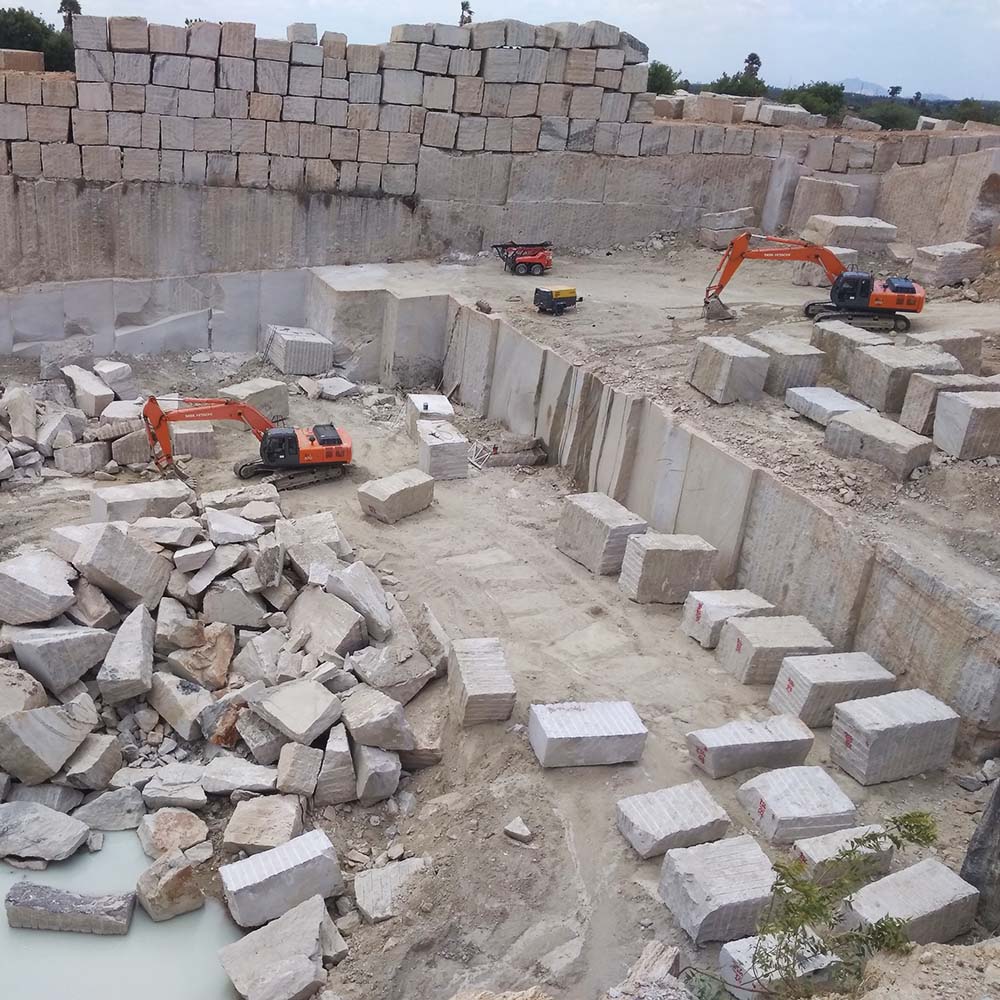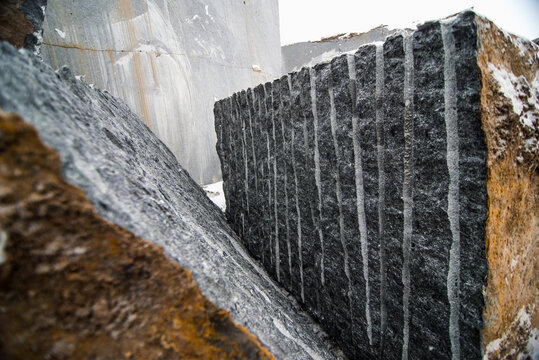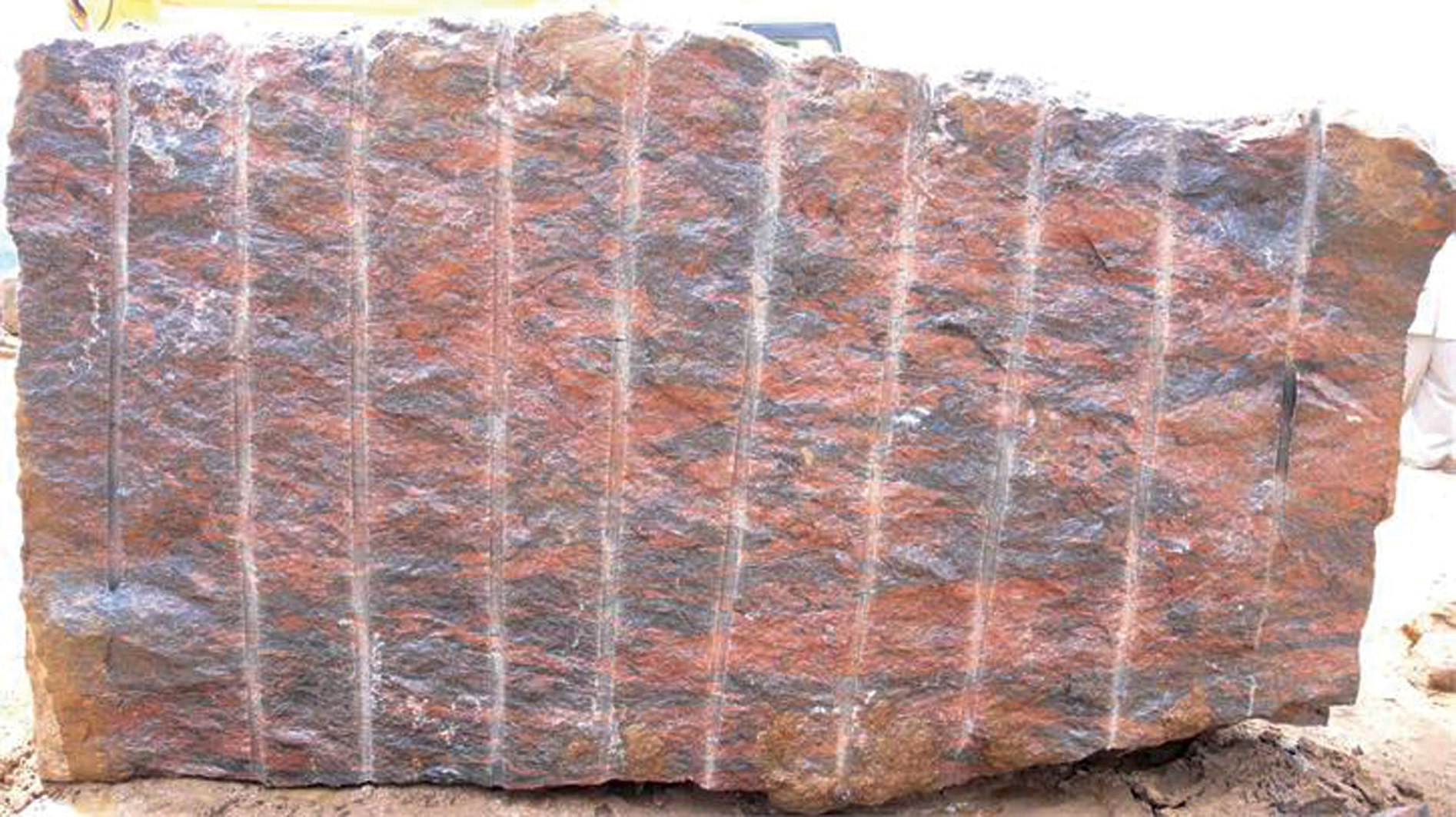The Covert Gems: Checking Out Granite Quarries in South Africa
The Covert Gems: Checking Out Granite Quarries in South Africa
Blog Article
Uncovering the Rich Background and Sustainable Practices of Granite Quarrying
As we stand on the precipice of revealing the elaborate tapestry of granite quarrying, a journey via time reveals not just the physical act of removing stone but likewise the cultural and historical importance woven right into the extremely material of this practice. From the old origins that laid the structure for modern quarrying techniques to the lasting techniques that are shaping the future of this sector, each carve mark on granite surfaces narrates waiting to be uncovered (granite quarries in south africa). The heritage of granite quarrying extends far beyond simple removal; it is a testament to human resourcefulness, resilience, and the long-lasting attraction of this stunning rock
Ancient Beginnings of Granite Quarrying
Going back to ancient human beings, the practice of quarrying granite has been an integral part of human background and building improvement. The earliest proof of granite quarrying go back to ancient Egypt, where massive pyramids and intricate sculptures were crafted from this durable stone. The Egyptians used primitive tools to draw out granite blocks from quarries, showcasing the importance of this product in their significant buildings.
Progressing in history, the Greeks also made significant payments to the quarrying of granite. The Greeks made use of granite in various architectural wonders, such as temples and sculptures, demonstrating their ability in shaping and carving this hardy rock. The Romans further fine-tuned the strategies of quarrying granite, employing sophisticated tools like knives and hammers to extract and shape granite for their iconic structures.
With the centuries, the practice of quarrying granite has evolved, with modern-day innovations improving effectiveness while keeping the timeless charm of this natural stone - granite quarries in south africa. From ancient human beings to modern contractors, the legacy of granite quarrying continues to shape our globe
Development of Quarrying Methods
The evolution of quarrying techniques has been noted by a continuous development towards higher efficiency and accuracy in drawing out granite. From the basic approaches employed by our ancestors to the innovative innovations used in modern quarrying operations, the industry has undergone considerable developments. Early quarrying techniques involved hands-on labor with standard tools such as knives, hammers, and wedges to extract granite blocks from the earth. As worlds progressed, strategies like fire-setting and primitive dynamites were introduced to facilitate the extraction procedure.
In more current times, the arrival of equipment reinvented the quarrying sector, enabling quicker removal prices and boosted productivity. Technologies such as ruby cable saws, high-pressure water jets, and pneumatically-driven drills have come to be standard in modern-day quarries, allowing for precise cutting and Read More Here minimized waste. Innovations in computer-controlled equipment and 3D modeling have actually optimized quarrying operations, leading to minimal environmental effect and enhanced sustainability techniques. As the demand for granite continues to increase, the development of quarrying techniques continues to be important to meeting industry needs successfully and sustainably.
Social Value of Granite
Granite holds a profound social significance throughout numerous civilizations due to its enduring visibility in building masterpieces and prized monuments. The cultural value of granite expands past its physical attributes; it embodies resilience, security, and eternity, making it a sign of sustaining heritages and practices.

Sustainable Practices in Quarrying
In the middle of the abundant background of granite quarrying and its cultural relevance lies a growing emphasis on lasting techniques within the market. As ecological awareness and worries about resource deficiency have actually heightened internationally, the quarrying industry has actually progressively accepted lasting methods to lessen its influence on the setting and bordering neighborhoods.

Furthermore, reclamation and rehab of quarry sites post-extraction are essential to sustainable practices. By restoring quarried areas to an all-natural or useful state, such as developing wildlife environments or leisure rooms, quarriers can counter the ecological impact of their procedures and contribute positively to the local ecosystem.
Legacy of Granite Quarrying
With a historic background steeped in workmanship and industrial progression, what enduring effect has granite quarrying left on the landscape of modern-day society? The heritage of granite quarrying goes beyond simple removal practices; it has actually shaped architectural wonders, city landscapes, and cultural heritage worldwide. The resilient nature of granite has made it a recommended selection for monuments, buildings, and framework, standing as a testimony to the ability and artistry of quarry workers throughout generations.
Additionally, the economic impact of granite quarrying try this out can not be forgotten. The market remains to offer job opportunity and drive regional economic climates in regions where granite extraction prevails. It has likewise spurred technological developments in quarrying methods and devices, causing a lot more effective and lasting practices.
In terms of sustainability, the tradition of granite quarrying consists of efforts to reduce environmental effects via reclamation jobs and responsible source management. By stabilizing economic rate of interests with environmental stewardship, the industry aims to make certain that future generations can proceed to benefit from this enduring natural source.
Final Thought

Report this page